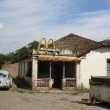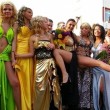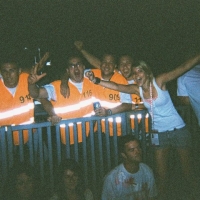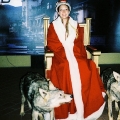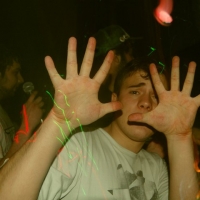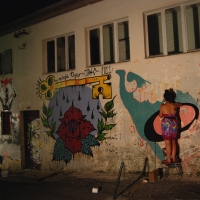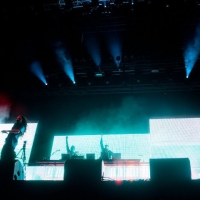For almost half a century now, people all over the world have been gathering for an annual event in the Slovenia’s capital Ljubljana to try their hands on Slovene language. Not an easy task, as you might assume
If asked to name a mainstay event of Central and Eastern European cultural happenings, these days most would probably turn to music, and say Serbia’s Exit festival was the first thing that came to mind. You probably wouldn’t conjure up the scenario of people coming from all over the world – from Japan, Argentina and the US to name but a few – descending upon Slovenia’s capital of Ljubljana, all with the single common factor of being able to, or having the desire to, speak Slovene. But actually, this happens: and it’s been happening for forty-eight years. There’s an illogical beauty to Slovenia’s annual Seminar of Slovenian Language, Literature and Culture (SSJLK), which takes place during the first two weeks of July at Ljubljana University’s Faculty of Arts, and it’s showing no signs of slowing down anytime soon.
Throughout severe political upheaval – the disintegration of Yugoslavia and Slovenia’s official declaration of independence on the 25 June 1991 – the SSJLK has remained a constant.
History states that the first seminar consisted of ten participants. Excursions were led by lecturers who conducted tours throughout the then Yugoslavia using their own personal cars – an image which conjures up a blissfully health and safety-free zone. By the year 1972 numbers had reached 120, which is around the average number that the seminar draws today. Except these days participants don’t all pile into a fleet of vintage Fiats; they’re carefully counted and registered into air conditioned coaches.
Each year the Seminar selects a theme, and in addition to the varying levels of language classes which are given daily, lectures are organised which explore every layer of the theme in question. Then there’s the legendary excursion, where no mercy is spared. You may have just spent a week being mentally beaten up by complex grammatical structures, but they’ll be damned if they don’t put your body to the test by showing you how mountaineering is done in Slovenia too.
So what is it about this event, that is so important as to secure its place as a pivotal event in Slovenian cultural history for almost half a century?
It’s this very unique method of cultural self-promotion. It could be said that in the Seminar’s earlier days, this drive stemmed from a desire to defy the perception of Slovene as a second-class language within the Former Yugoslavia. In a modern-day context this is continued, although not uniquely, due to concerns regarding the influence of other languages such as English which infiltrate and influence the language via popular culture and an increasingly global environment. But it’s more of a celebration rather than a struggle for survival. People give up their holidays and take time off work for this. Spending two intensive weeks in classrooms, lecture theatres and up mountains isn’t everyone’s idea of a holiday, but then maybe it takes a special breed of language enthusiast to be man enough for the challenge.
The motivation for taking part also varies greatly – for many, namely those who reside on the border of any one of Slovenia’s four neighbouring countries, it’s a chance to refine their second language, which they’ve spoken at home, or with relatives, for most of their lives. For others, for instance translators, academics, or those in the diplomatic service, it can be for professional purposes. And then there’s some who are just there purely for the joy of learning – those who get a kick out of learning a particularly complex language that only has two million speakers.
A word about that complexity
Slovene, like many Slavonic languages, has six cases. This means that depending on the situation in which you’re using a word, it’s ending changes. It’s an efficient system that means you can use fewer words to express things, as the context is pre-contained within the word. It also, like many languages, has three genders for nouns – things can be masculine, feminine, or neuter. Not so crazy. But then Slovene takes it one step further – not only does it have singular and plural forms, it also has a special ending for talking about things that come in multiples of two. This is the Dual: romantic, complicated, and almost unique. You can invite someone out for a drink, and imply that you just mean the two of you, without having to spell it out. Excellent work, grammar! But with all these factors taken into account (case, number, gender) every noun has a potential 54 endings. Adjectives have to agree with all of the above too, which takes the number of possible endings up to a total of 108. Maybe this is why the Seminar has been running for so long: we’re all still busy sifting through the myriad of potential endings for our words.
Like many mysteries within life, analysis can often take away the magic. But there’s no denying that the SSJLK continues to achieve a remarkable feat in providing such a rich and diverse program to people from all over the world in the face of numerous instabilities and more recently, serious financial hardship. Its sustained presence over the years may remain a mystery to some, but maybe the select group of participants actually like it that way; because after all, a niche market seems to be part of the appeal.




